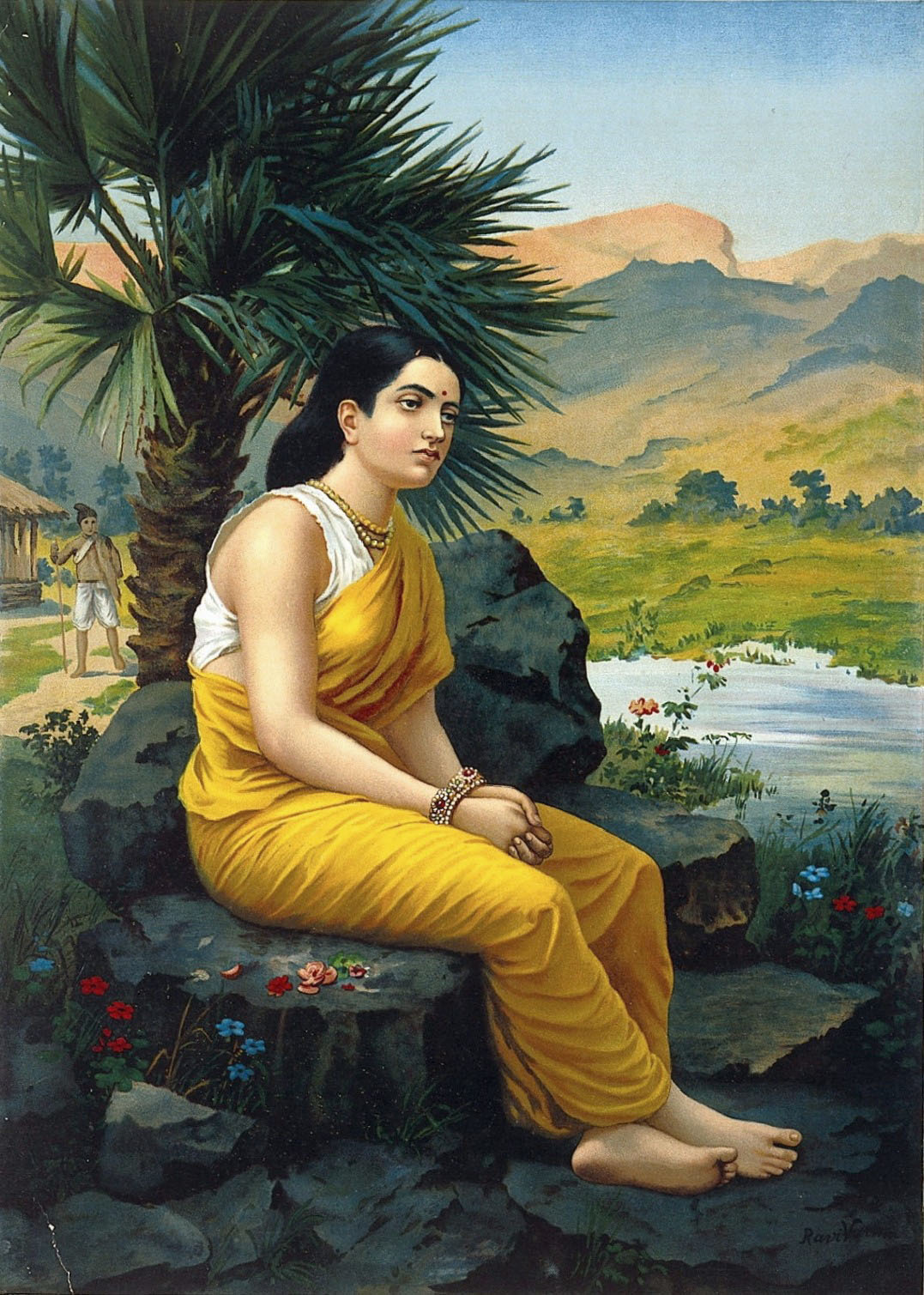It was Jatayu who tried to pursue
Rawan (1) to save Sita, his treasured King’s
wife, as she prayed to her Rama to free
her from Rawan’s clutch, squeezing tight her spleen.
The Vulture King, Jatayu’s time was due,
The demon Rawan’s blade had chopped his wings
and to his friend, Rama granted mukti (2)
as he lay dying in the forest green.
Yet the atman (3) of Jatayu mamoo (4)
calmed the sea, while Sita and her young twins,
in the Fatel Razack (5), crushed and thirsty,
longed for lassi and their royal cuisine.
And wasn’t it Jatayu’s glance askew
that Sita saw while being weighed from springs
on Nelson Island, then given sari
and a bar of blue soap for her hygiene?
It was Jatayu’s steadfastness, like glue,
through the jungles and canefields, and wasp stings,
that feathered Sita as she ate roti
while fighting off brute hands, rough and porcine.
By the light of her bedi (6) Sita knew
she was tethered strong, even in wind swings,
by Jatayu, anchored in the flame tree,
who shielded her, as if she were still queen.
1. Alternative spellings in diasporic communities for this Ramayana character are
‘Ravan’, ‘Ravana’, and ‘Rawana’.
2. Transcendent state attained as a result of being released from the cycle of rebirth.
3. Soul.
4. Uncle.
5. First ship to bring indentured labourers from India to Trinidad.
6. Hindu earthen altar.
Lelawattee Manoo-Rahming
This poem “Sita and Jatayu” was written by Trinidadian-Bahamian poet Lelawattee Manoo-Rahming and reflects her Indian-Caribbean heritage. It is based on the Ramayana and is about the story of Sita, wife of Lord Rama, and her abduction by the demon-king Rawan. Rama’s defeat of Rawan and his triumphant return to his kingdom in Ajodhya is associated with the recently celebrated Hindu festival of lights Diwali.


